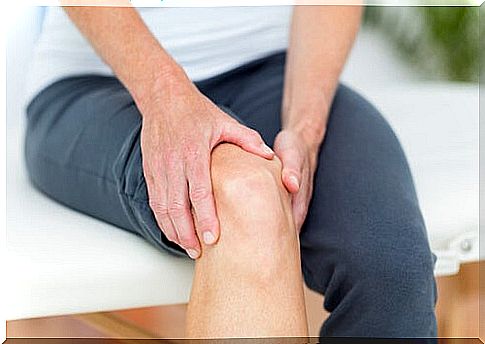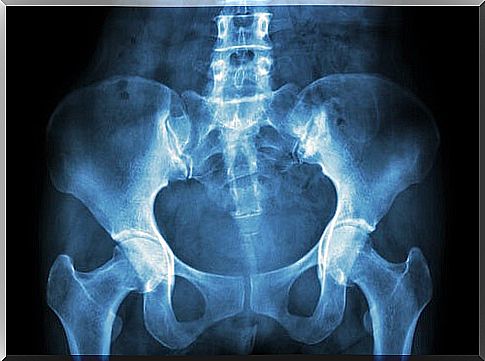Why Should You Avoid Crossing Your Legs When Sitting Down?
In addition to hindering circulation, crossing the legs can even lead to spinal or hip problems so, whenever possible, we should avoid this habit
Many people have a habit of crossing their legs when sitting. For example, at their workplace, at home, or in many other places where they feel comfortable. We assume this posture almost automatically due to the feeling of relaxation that it generates in us. The big drawback is that we get so used to adopting it that we can stay in this way for a long time without being aware of the damage it can cause.
Although it may not seem like it, crossing the legs for a long time causes difficulties in the circulatory system, in the joints and other parts of the body. Despite everything, there are still many people who are not aware of its effects. For this reason, below we want to share in detail what its risks are and why it is better to avoid it as much as possible.
Why should you avoid crossing your legs when sitting?
Next, we share the consequences of abusing this habit.
Peroneal nerve palsy

Peroneal nerve injury occurs from sitting for a long time without changing position, from trauma or some kind of pressure on the knee. Many cases have been related to the constant action of crossing the legs. Well, it is a position that causes sensitivity and deterioration of the nerve. This leads to an uncomfortable tingling or numbness sensation. In addition, in some people it can cause movement difficulties.
High blood pressure
The increase in blood pressure is another risk that exists for abusing this habit. This has been suggested by seven investigations that were carried out in 2010. They show that people who superimpose one leg on the other have a higher risk of hypertension. This appears to be due to blood being sent from the legs into the chest. That is, the heart becomes overloaded and pressure increases.
However, one of the studies carried out by researchers at a specialized hypertension clinic in Istanbul (Turkey) found that pressure can return to normal levels after two or three minutes after stopping crossing the legs.
Discomfort in the hip joint

Maintaining this posture also compromises the health of the hip joint, causing it to come off its axis and displacing the thigh a little from its starting position. Although it is not an effect that occurs in the short term, over the years it leads to the head of the femur and the cavity of the iliac bone not fitting together as they should.
Heaviness and pain in the legs
Patients at high risk of developing blood clots are prohibited from crossing their legs. This increases the chances that the condition will escalate to a chronic venous thrombosis. This, in turn, tightens the muscles and joints in the legs, increasing the strong sensation of pain and heaviness.
Varicose veins

Varicose veins appear due to problems in the circulatory system. Several experts say that these are formed when the valves that keep the blood flow in the right direction weaken and cause the blood to stagnate. More than postures, genetic issues have much to do with this reaction, although it is not ruled out that such deterioration is the result of the pressure exerted by putting one leg on the other.
Spinal problems
People who cross their legs for more than three hours a day tend to have a more hunched posture. This position causes the weight to put more pressure on only one side. Therefore, it makes it difficult to adopt a suitable posture for the rest of the body. Poorly distributed weight bearing, in the long run, leads to severe back pain and tension in your muscles.
Cross your legs: final remarks
Were you aware of the damage that crossing your legs causes ? Now that the possible consequences are clear to you, you can correct this habit. In this way, you will gain health and quality of life. Remember to attend your regular check-ups with the doctor.









